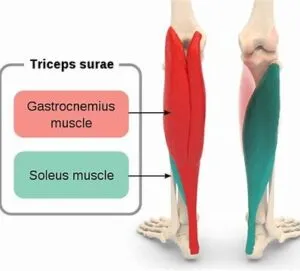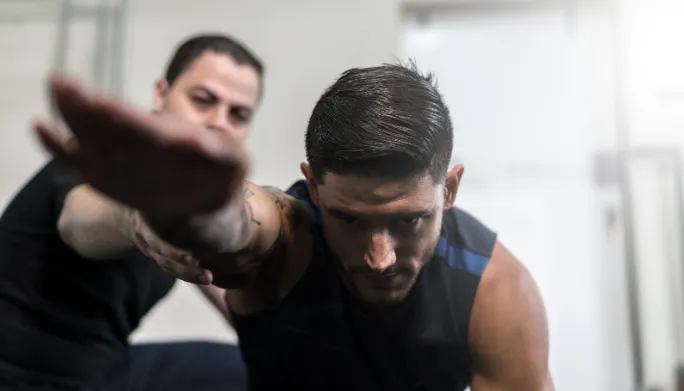Achilles Adventures: Understanding Injuries in Pickleball
Pickleball, the beloved sport combining elements of tennis, badminton, and ping pong, has been capturing the hearts of people worldwide. Whether you’re a seasoned player or just dipping your toes into the court, understanding the Achilles tendon’s anatomy, its weakness to injury, and its important role in pickleball performance is necessary. In our last blog post, we delved into the multidimensional movement of pickleball and its impact on player performance. Now, we shift our focus to a crucial yet often overlooked aspect: the Achilles tendon. Join us as we explore the ins and outs of Achilles tendon injuries and why it’s a game-changer on the pickleball court.
Anatomy of the Achilles Tendon
The Achilles tendon is the strongest and thickest tendon in the human body. This tendon connects the calf muscles, specifically the gastrocnemius and soleus muscles, to the heel bone (calcaneus). Its sturdy structure enables it to withstand powerful forces during movement, such as jumping, running, and sudden changes in direction—fundamental aspects of pickleball gameplay.

Mechanism of Injury
Despite its strength, the Achilles tendon is prone to injury, particularly in activities that involve quick bursts of acceleration and deceleration. The most common Achilles injuries include tendonitis, a condition characterized by inflammation of the tendon due to overuse, and Achilles tendon rupture, often resulting from a sudden and forceful contraction of the calf muscles.
In pickleball, the stop-and-go nature of the game places massive stress on the Achilles tendon, especially during rapid direction changes and explosive movements at the net. Players may also be at risk of injury during serves, volleys, and side to side movements, where the Achilles tendon is under constant demand to support dynamic and explosive footwork.

Importance of the Achilles Tendon in Pickleball
The Achilles tendon plays a key role in the agility, speed, and overall performance of pickleball players. It serves as the powerhouse for explosion during serves and volleys, providing the necessary force to move the body forward and apply accurate shots. Additionally, the Achilles tendon contributes to stability and balance, allowing players to maintain control during side to side movements and quick changes in direction, key elements for dominating the court.
Furthermore, a strong and resilient Achilles tendon is essential for injury prevention and longevity in the sport. By combining specific exercises to strengthen the calf muscles, improving stability to the ankle and increasing flexibility, players can reduce the risk of Achilles tendon injuries and bring their pickleball game to the next level.
Keys to Performance and Injury Prevention
As pickleball continues to gain popularity among players of all ages and skill levels, understanding the importance of the Achilles tendon is necessary for upgrading performance and preventing injuries on the court. By familiarizing themselves with the Achilles tendon’s anatomy, recognizing the mechanisms of injury, and applying targeted training strategies, players can elevate their game and enjoy the thrills of pickleball for years to come. So, next time you step onto the pickleball court, remember to give your Achilles tendon the attention it deserves. Stay tuned for the next blog post to find out ways to improve achilles tendon strength and reduce the risk of injury.
Feeling the strain on your Achilles tendon during pickleball? Don’t let it hold you back from dominating the court. Take action now to strengthen and protect your Achilles with personalized guidance from Dr. Evan Langley. Click here to schedule an evaluation and elevate your game safely.

NEED MORE PICKLEBALL? CHECK OUT THIS WEEKEND’S TOURNAMENT AT HOUSE OF PICKLEBALL LELAND!


